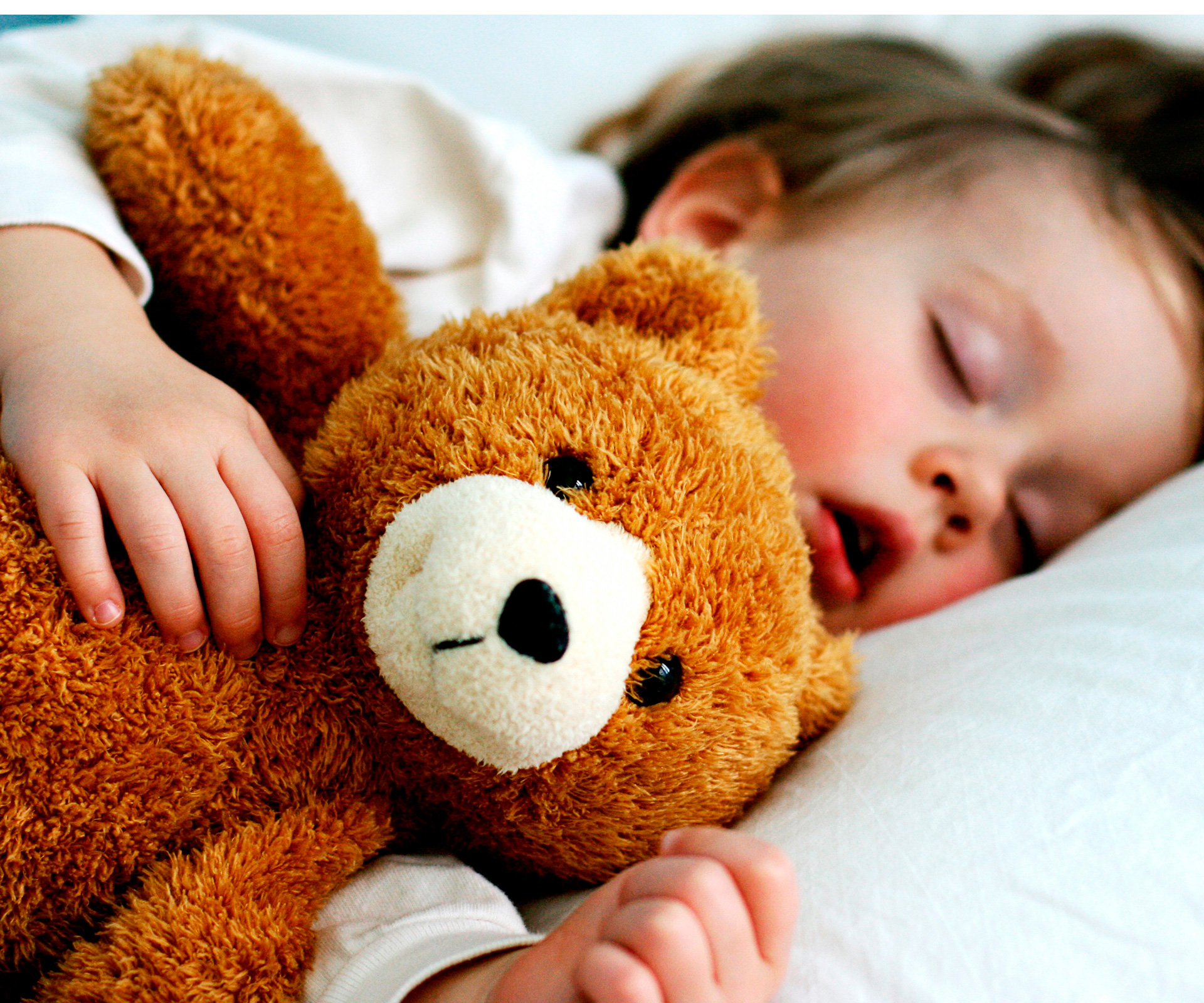Children who snore are much cuter than adults who do the same – you can put up with a lot from a small person wearing animal-themed pyjamas and cuddling a soft toy.
But as in adults, frequent snoring in children can be a symptom of a more serious condition called obstructive sleep apnoea (OSA), in which the airways get blocked while sleeping, causing breathing difficulties.
For adults, one of the main consequences of OSA is excessive daytime sleepiness, which among other things more than doubles their risk of having a car accident. However, children with the condition tend to have learning and behavioural problems.
Given the potential adverse consequences of sleep-disordered breathing on health, behavioural and learning outcomes in children, it is important the symptoms are recognized
“In younger children especially, daytime sleepiness is less of a feature,” says Auckland paediatrician and sleep medicine specialist Jacob Twiss. “They’re more likely to have behaviour and concentration issues, or be more irritable. I think that probably reflects how children react to being tired.”
Some studies have suggested that as many as a quarter of children diagnosed with attention-deficit hyperactivity may in fact have OSA, and it has also been linked to growth problems as well as health conditions such as heart disease and high blood pressure.
There is also growing evidence that children with what is called sleep-disordered breathing – which includes snoring as well as OSA – do less well at school. A recent University of Otago study that looked at data from 12 countries found children with sleep-disordered breathing have poorer literacy, numeracy and science skills.
Lead author Barbara Galland says this suggests children with learning difficulties should be screened for sleep-disordered breathing and, similarly, children who snore could also benefit from early assessment to rule out more serious problems. “Given the potential adverse consequences of sleep-disordered breathing on health, behavioural and learning outcomes in children, it is important the symptoms are recognised,” she says.
Snoring and OSA are much more common in children than you might think. About 10% of children snore every night – sometimes so loudly they keep the whole family awake – and of those, up to half have OSA. Most of them are pre-school or young school-age children with enlarged tonsils and adenoids.
But older overweight children, as well as children with genetic syndromes, neurological conditions or craniofacial disorders that cause night-time breathing problems, can also be affected.
And whereas snoring is the most likely indication that something is wrong, Twiss says some parents talk about “noisy breathing” rather than actual snoring.
“Others notice that their children are struggling to breathe, or that they breathe through their mouth rather than their nose. We see parents who are genuinely frightened by watching their children breathe at night.”
Adults with OSA are typically diagnosed in a sleep laboratory but children are more usually diagnosed by their GP using guidelines developed by the Paediatric Society of New Zealand. Treating them is usually easier, too; in most cases removing their tonsils and adenoids clears up the problem.
However, a small number continue to have problems after surgery, particularly those with other health conditions such as genetic disorders or obesity. They are given the same treatment as adults, known as continuous positive airway pressure. It involves wearing a mask connected to a machine that blows air into the mouth to keep the airways open at night.
It sounds an unappealing prospect, particularly for a child, but Twiss says compliance levels are surprisingly high.
“It can be challenging, but on the other hand, if they start to sleep well, then older kids in particular can recognise the benefits. Some take to it like a duck to water and others need a lot of coaching.”
The number of children who are being treated for OSA, either through surgery or with continuous positive airway pressure, is relatively small compared with the actual incidence of the condition. Twiss agrees with Galland that there needs to be greater awareness of the symptoms of sleep-disordered breathing and of OSA in particular.
“We don’t want to get to the point where we are too anxious about snoring, or overtreating it, but on the other hand, people need to be aware that breathing problems during the night can have other consequences, including on academic performance.”
For more information go to: kidshealth.org.nz
Words by: Ruth Nichol
Photos by: Getty Images




